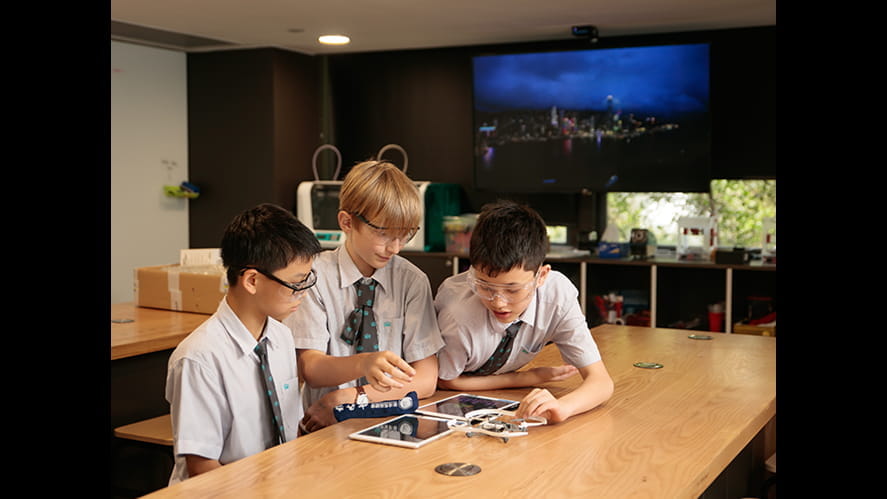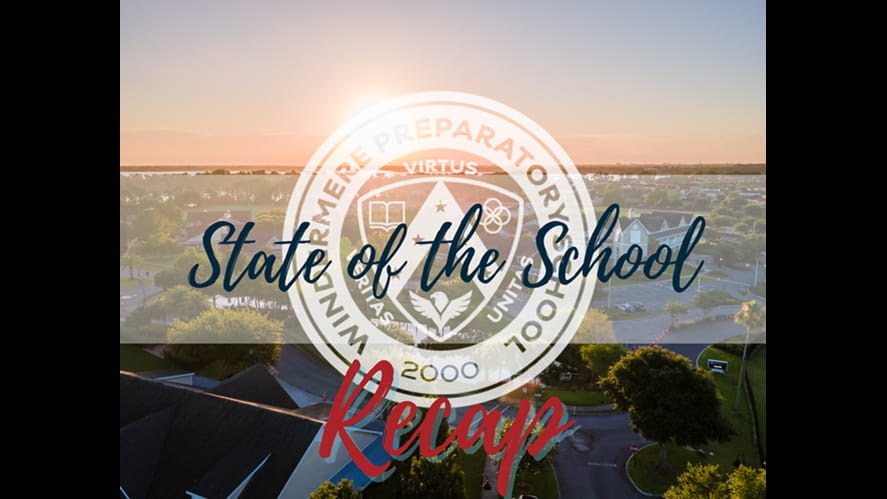What’s the problem? Employers want schools to equip students with complex problem-solving and critical thinking skills from a young age to better prepare them for work in the future
When you change the way you look at things, the things you look at change. Simple advice from a Nobel prize-winning physicist, but the often-used quote by Max Planck may point to a wider debate on how we view and solve problems. These are soft skills that employers say are in high demand yet gravely lacking in graduates entering the workforce. Companies want K-12 schools to pick up the mantle and teach these skills to children from a young age.
According to an article published in Business.com one of the biggest challenges organisations face over the next 10 years is a lack of people with critical thinking skills. This comes at a time when the US Department of Labor recently identified critical thinking as a “raw material” for vital workplace skills, including problem-solving and decision-making.
A 2016Future of Jobs report by the World Economic Forum (WEF)highlights that “innovation skills” must be developedto succeedat work in the future. Since 2015, the WEF has ranked complex problem-solving as the number one skill required followed by coordinating with others and people management.But by 2020 the ability to think critically and be creative will be of paramount importance.
The good news is thatinnovation skills can be learned and developed over time.Expertsbelieve K-12 schoolsare the best place to begin to teach students the skills of richer reasoning and complex problem-solving.
As of now, only five per cent of K-12 schools in the U.S. teach critical thinking and complex problem-solving said Helen Lee Bouygues from the Reboot Foundation, an organisation aimed at promoting richer, more reflective forms of thought in schools, homes and businesses.In an opinion piece published on the Forbes website in November 2018, she said






